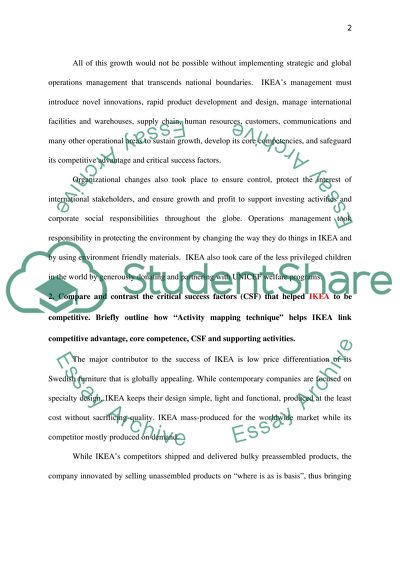Cite this document
(“Global Company Environment & Strategy Coursework”, n.d.)
Retrieved from https://studentshare.org/finance-accounting/1421231-global-company-environment-strategy
Retrieved from https://studentshare.org/finance-accounting/1421231-global-company-environment-strategy
(Global Company Environment & Strategy Coursework)
https://studentshare.org/finance-accounting/1421231-global-company-environment-strategy.
https://studentshare.org/finance-accounting/1421231-global-company-environment-strategy.
“Global Company Environment & Strategy Coursework”, n.d. https://studentshare.org/finance-accounting/1421231-global-company-environment-strategy.


